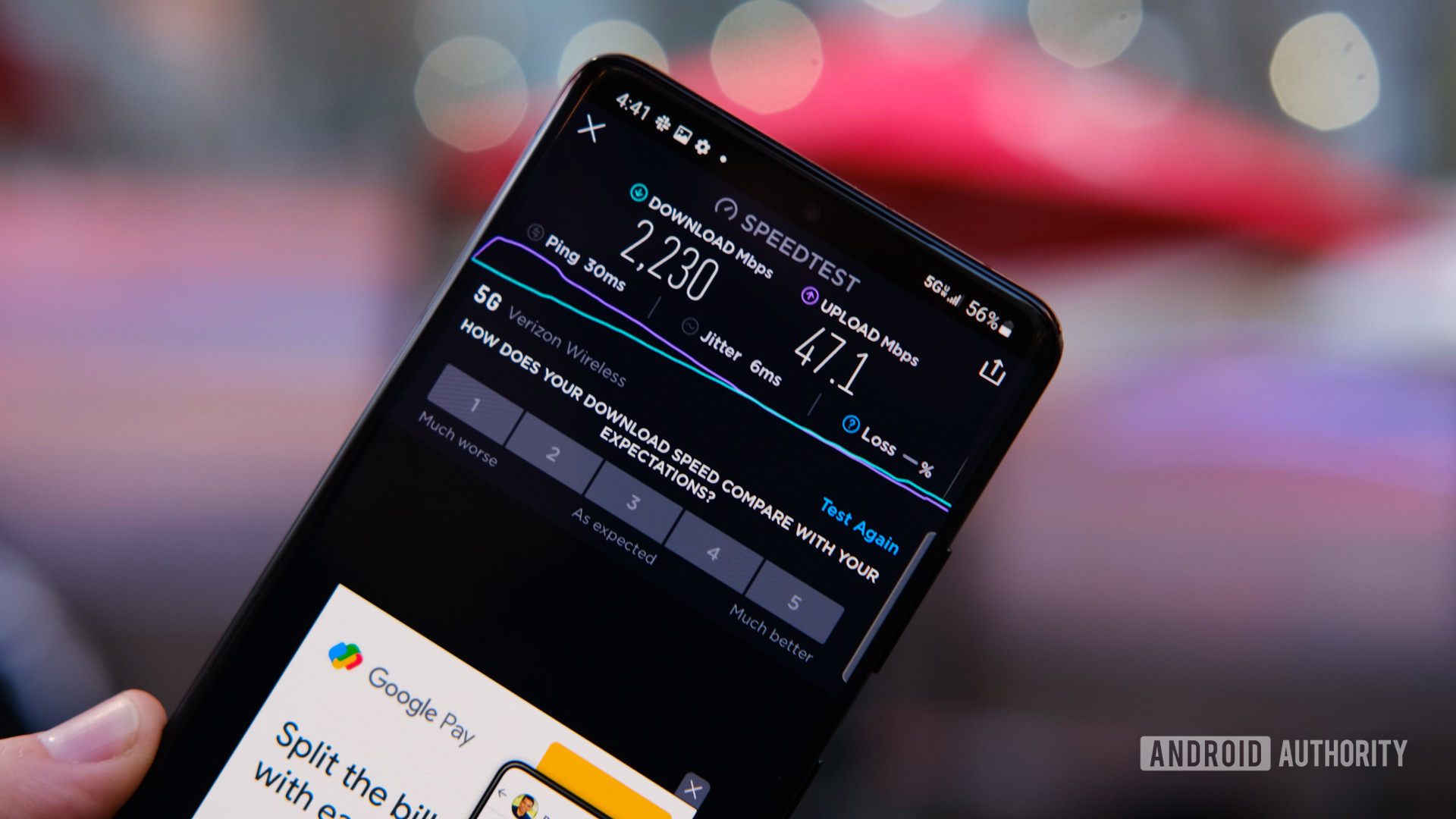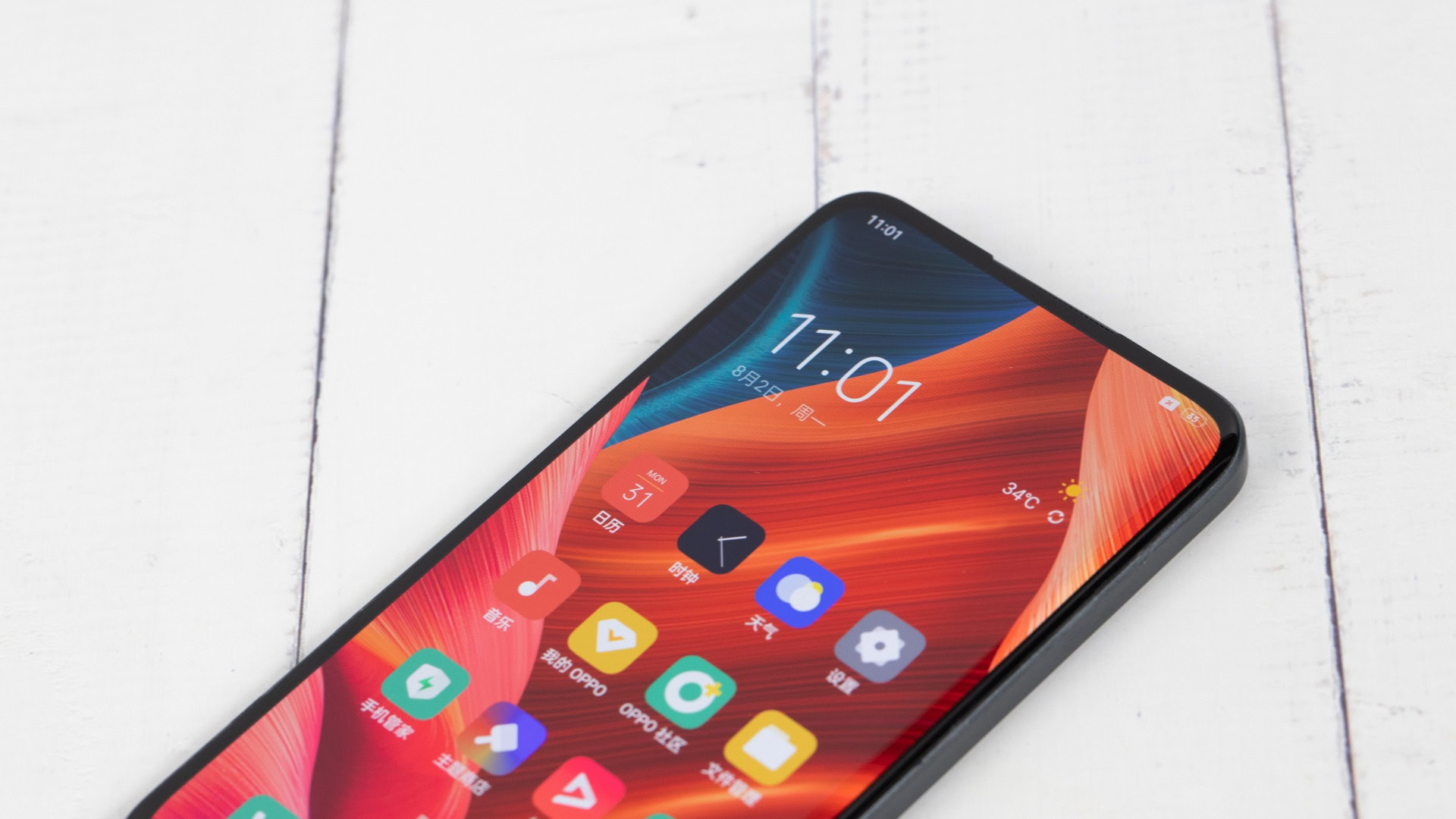Affiliate links on Android Authority may earn us a commission. Learn more.
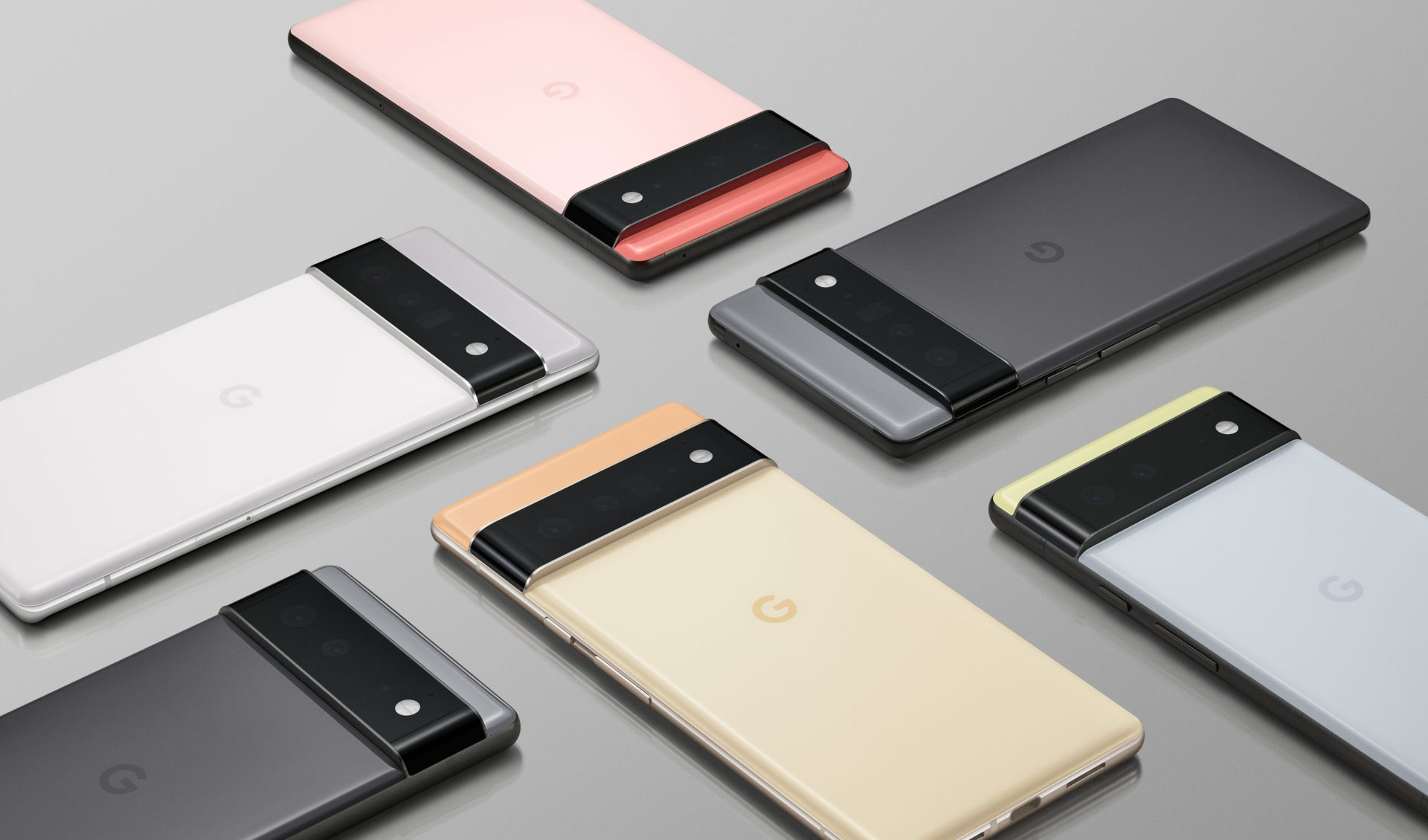
Google delivered a new smartphone announcement as only Google can: partly on Twitter, partly exclusively, but mostly by surprise. It’s the Pixel 6 and Pixel 6 Pro, with Google’s own hardware too!
- The new Tensor chip is a big deal, Google getting fully invested into the Pixel line (finally) is a big deal, and there’s a bunch of interesting details.
In brief:
- In short, Google announced/confirmed the Google Pixel 6 and Pixel 6 Pro, and announced its own chip will be coming with those flagship-level phones, which it calls Tensor. Like Qualcomm calls its chips Snapdragon, Samsung Exynos, and so on.
- It’s closer to a real Made-by-Google phone than ever before.
- The Pixel 6 will be out “this fall,” which is taken to mean late September/early October.
- Nothing was really announced for the Pixel 5a. Google’s Rick Osterloh confirmed it wouldn’t get the new Tensor chip, but would stick with a Qualcomm chipset. It’s being talked about as coming.
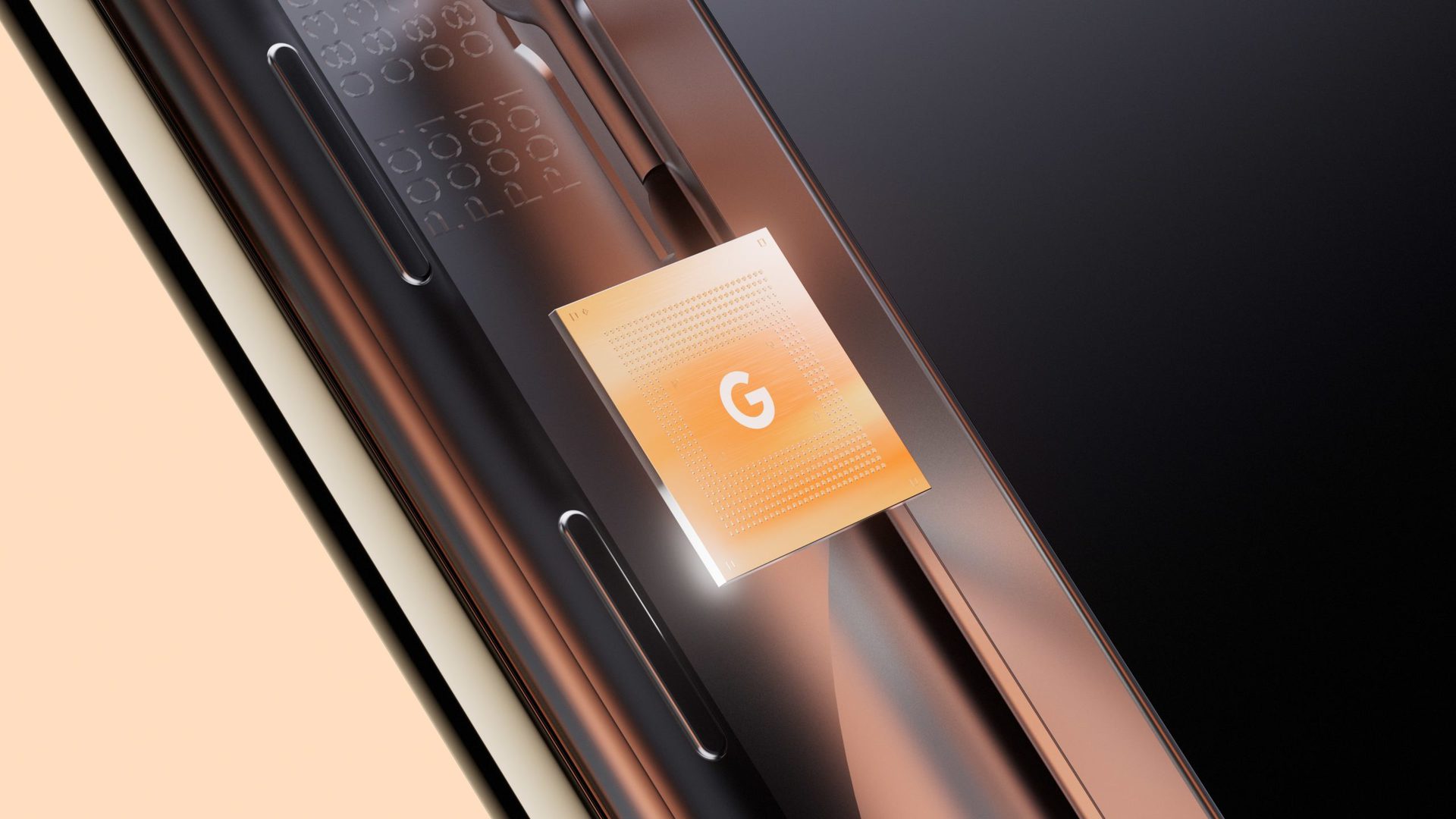
In detail:
There’s loads, so I’ll just cherry-pick some high-level things here:
- The Pixel 6 and Pixel 6 Pro announcement confirms previous renders as being pretty accurate, and all the noise about Google’s own chipset, which was codenamed Whitechapel, has come together.
- The Pixel 6 Pro is the new name for the bigger variant, previously called XL.
- The Tensor chip has limited spec detail for now. This is about everything we know, via an interview with The Verge: “Google’s not sharing who designed the CPU and GPU, nor is it sharing benchmarks on their performance — though Osterloh says that it should be “market leading.” (Current rumors suggest that it might be Samsung providing those more standard component designs.) He adds, “The standard stuff people look at will be very competitive and the AI stuff will be totally differentiated.”
- That “AI stuff” is some dedicated on-chip hardware for machine learning, of which Osterloh says: “We’re now able to run data-center quality models on our device,” implying some pretty powered-up algorithms. There’s some security hardware as well: a new security core and Titan M2 chip, which Google says does more than anyone else on the market, but let’s see what that really means in time.
- On the machine learning front, what that looks like, initially, is improvements to things like: real-time object detection and HDR in each frame of a video for better quality vids for the camera, real-time translation on device, and closer-to-live captioning. That could be very handy.
Other specs, design choices, colors, availability:
- Pro flagship-type specs: a 6.7-inch 120Hz display, 4x zoom, an under-display fingerprint sensor, with “slightly” curved edges.
- The Pixel 6 will have a smaller 6.4-inch, 90Hz display, which is flat, and no telephoto lens.
- It means Google is finally changing its imaging sensor to something new, moving on from the Sony IMX363 it’s had since the Pixel 3.
- That means a jump in imaging quality, in theory, which has been overdue.
- Though, the cost is a massive visor-like camera bump running all the way across the phone, something Osterloh says it embraced rather than tried to hide, but it’s definitely A Look. A strip of metal protects the glass.
- There’s also a bunch of new colors for the Pixel 6 series, with at least five different color styles.
- And they’ll both launch in eight countries: US, UK, Australia, Canada, France, Germany, Japan, Taiwan. No India, but maybe that’s because the Pixel 5a will be the only Pixel phone there.
- As for the price? Google said it will be a “premium-priced product,” so… the Pro is verging on a $1,000 price tag I’d guess?
More: Why the Pixel 6’s Tensor chip is actually a big deal (and why it isn’t).
📁 Galaxy Z Fold 3, Z Flip 3 price leak promises much more affordable foldable phones, with European pricing a great indication of wider pricing (Android Authority).
👉 Xiaomi’s new tablets and its next Mi Mix might launch as soon as next week: August 10 (Android Authority).
📸 Vivo is exploring multi-decker pop-up cameras… best explained in the image (Android Authority).
💻 Redmi’s first laptop pairs sensible specs with a fiercely competitive price in India, unclear on wider availability (Android Authority).
🎧 Logitech’s latest wireless earbuds are certified by Zoom, Microsoft, and Google, angling for good audio and microphone for business users starting at an enterprise-only level: $299 (Engadget).
⛅ Windows 365 cloud PC is here, starts at $20 per month (Windows Central).
📉 The shadow of the chip shortage is looming over tech’s big quarter (The Verge).
💍 The Lord of the Rings TV series has finished filming, and it has a release date: September 2, Amazon Prime (Ars Technica).
🎮 Speaking of Amazon: Twitch has new ads that are way less disruptive (The Verge).
🍸 “The weird, sustainable booze of the future tastes … good?” (Wired).
⚛️ Fractons, the weirdest matter, could yield quantum clues (Wired).
💸 “The sacking of a crypto mecca,” a longer read (The Verge).
🚀 SpaceX shows off fully loaded Super Heavy ahead of next Starship launch (CNET). Don’t forget that Boeing/NASA launch today too (NASA).
📺 “What’s a show that has never had a bad episode?” (r/askreddit).
We’re back to the ol’ chart race games — here’s the global smartphone OS market share in a pie chart race (r/dataisbeautiful):
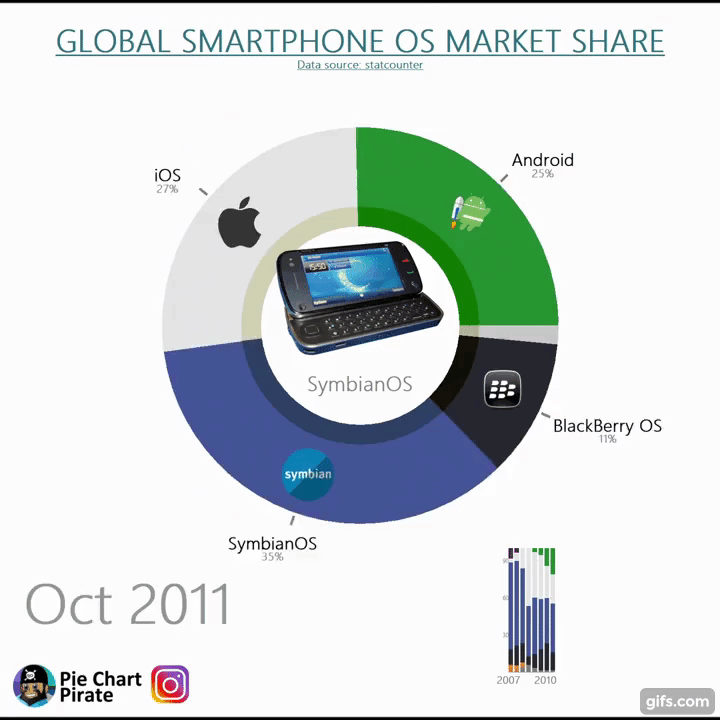
- The final frame of the video, in June 2021, shows Android at 72%, which may or may not reflect where you are, but is near-enough to the global view of mobile.
Have a good one,
Tristan Rayner, Senior Editor
